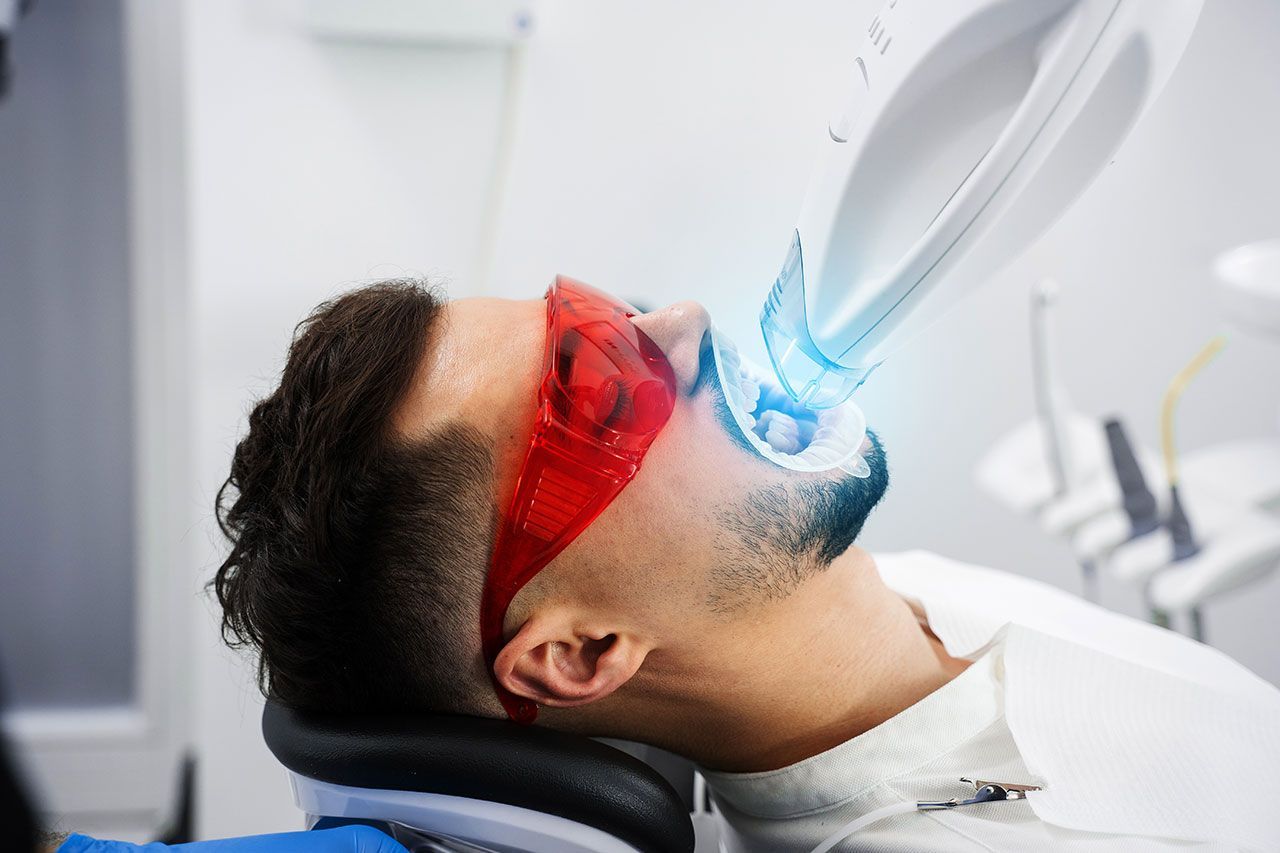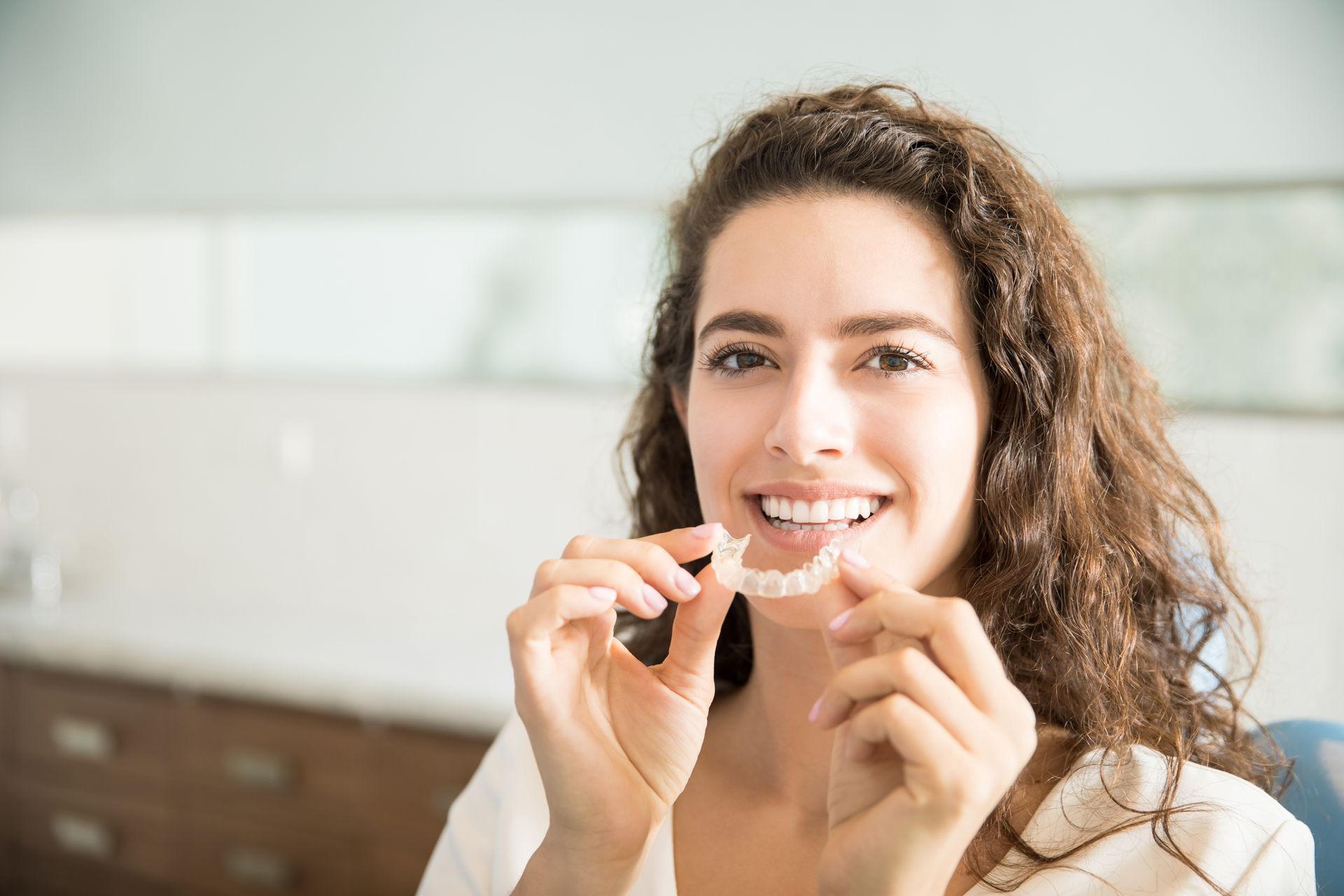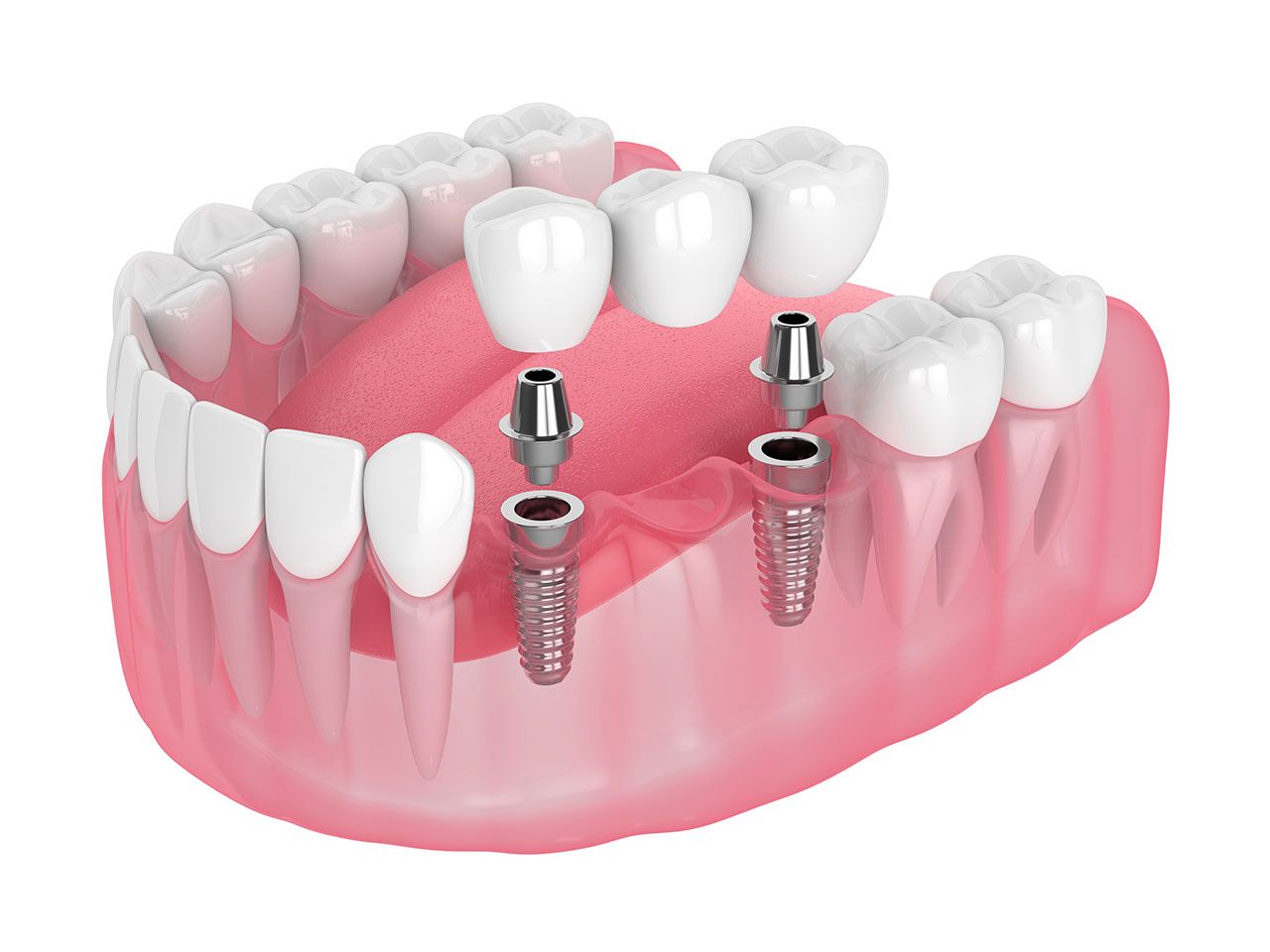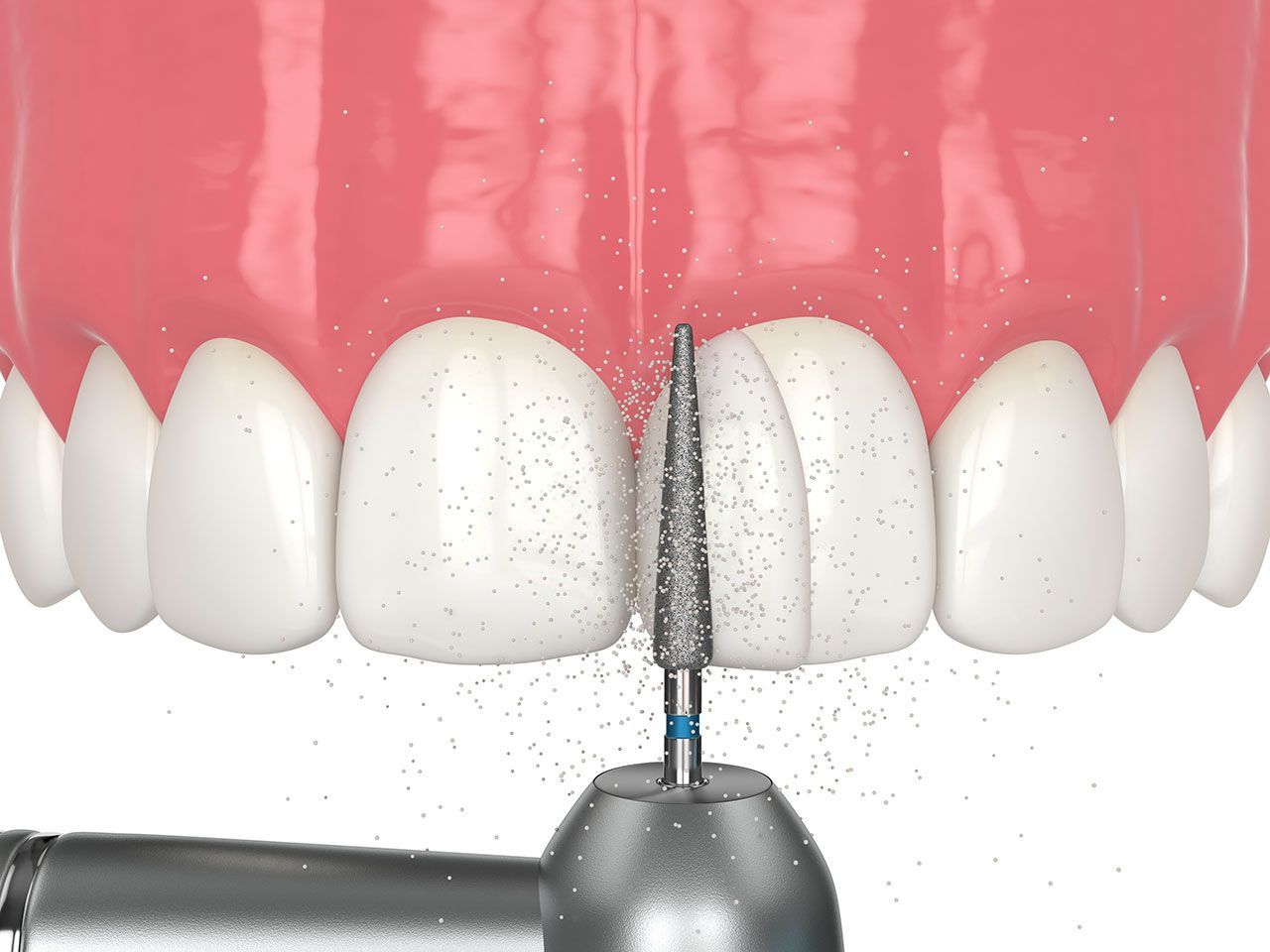Dentures: Restoring Confidence and Function
Imagine trying to enjoy your favorite meal or laughing freely with friends, only to feel held back because of missing teeth. Dentures have long provided a reliable solution for replacing lost teeth and restoring not only function but also confidence. And with modern advances, today’s dentures are more natural-looking and comfortable than ever before.
What Are Dentures?
Dentures are removable appliances designed to replace missing teeth and surrounding tissue. They restore your ability to chew, speak, and smile naturally. Depending on your needs, dentures can replace some or all of your teeth.
The main types of dentures include:
- Complete dentures – Replace all teeth in the upper or lower arch.
- Partial dentures – Replace several missing teeth while preserving the remaining natural teeth.
- Implant-supported dentures – Anchored by dental implants for added stability.
Why People Choose Dentures
Tooth loss can happen for many reasons—decay, gum disease, injury, or aging. Dentures remain a practical solution because they:
- Improve appearance and facial structure
- Restore chewing ability for a wider range of foods
- Support clearer speech
- Provide an affordable option compared to implants
- Boost confidence in social and professional settings
Getting Dentures: What to Expect
The process starts with an exam and impressions of your mouth. For complete dentures, any remaining unhealthy teeth may need removal. Once impressions are taken, a custom mold is created to ensure a proper fit.
Modern dentures are designed with advanced materials that mimic the appearance of natural teeth and gums. Your dentist will also make adjustments after placement to enhance comfort. Over time, periodic relining may be needed as your jawbone and gums change.
Living With Dentures
Adjusting to dentures takes patience. At first, they may feel bulky or affect your speech. With practice, most patients adapt quickly. Eating soft foods and practicing speaking out loud can help.
Regular cleaning is essential to prevent staining, odor, and gum irritation. Remove dentures nightly, soak them in a cleaning solution, and brush them gently with a denture brush. Maintaining oral hygiene of your gums and any remaining natural teeth is equally important.
Benefits of Dentures (Professional Backing)
The American College of Prosthodontists highlights that dentures not only restore appearance but also play a critical role in oral health. They support facial muscles, reduce strain on the jaw, and allow for improved nutrition by expanding dietary options. Patients also report higher confidence levels, which contributes to better emotional well-being.
Modern Alternatives and Enhancements
While traditional dentures are effective, implant-supported options offer enhanced stability. By anchoring dentures to implants, you minimize slipping and improve chewing efficiency. Many patients find this option especially helpful for lower dentures, which tend to shift more easily.
Dentures have come a long way from the bulky, obvious versions of the past. With today’s designs, you can enjoy natural-looking teeth, a comfortable fit, and renewed confidence.
If you’re considering dentures, the first step is a professional consultation to explore the options that fit your needs and lifestyle. Call Wow Dental today at 313-371-9880 to schedule an appointment at either of our Detroit locations and start your journey toward a complete, confident smile.
Share This Article










